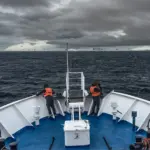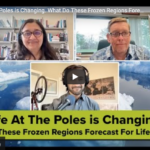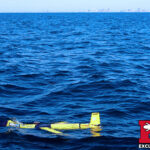What is a 5-sigma event? Why the sea ice in Antartica is alarming scientists
During the winter, sea ice that is essential to the marine food web usually grows around Antarctica. Warming temperatures are slowing that growth. By Kristin Toussaint4 minute Read It’s currently…





